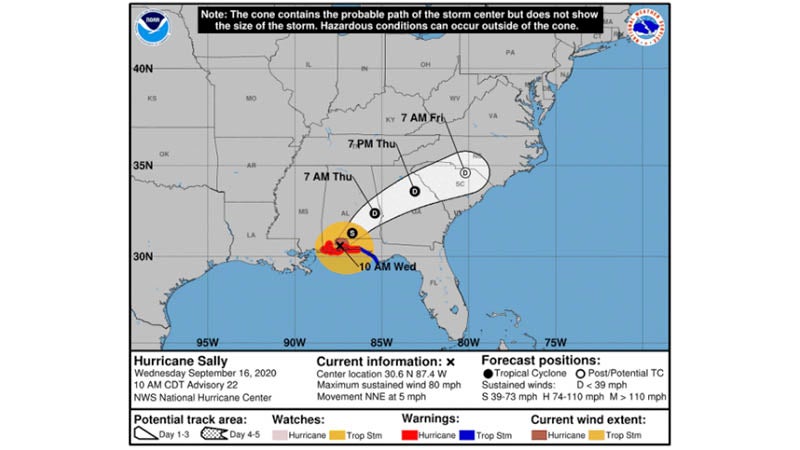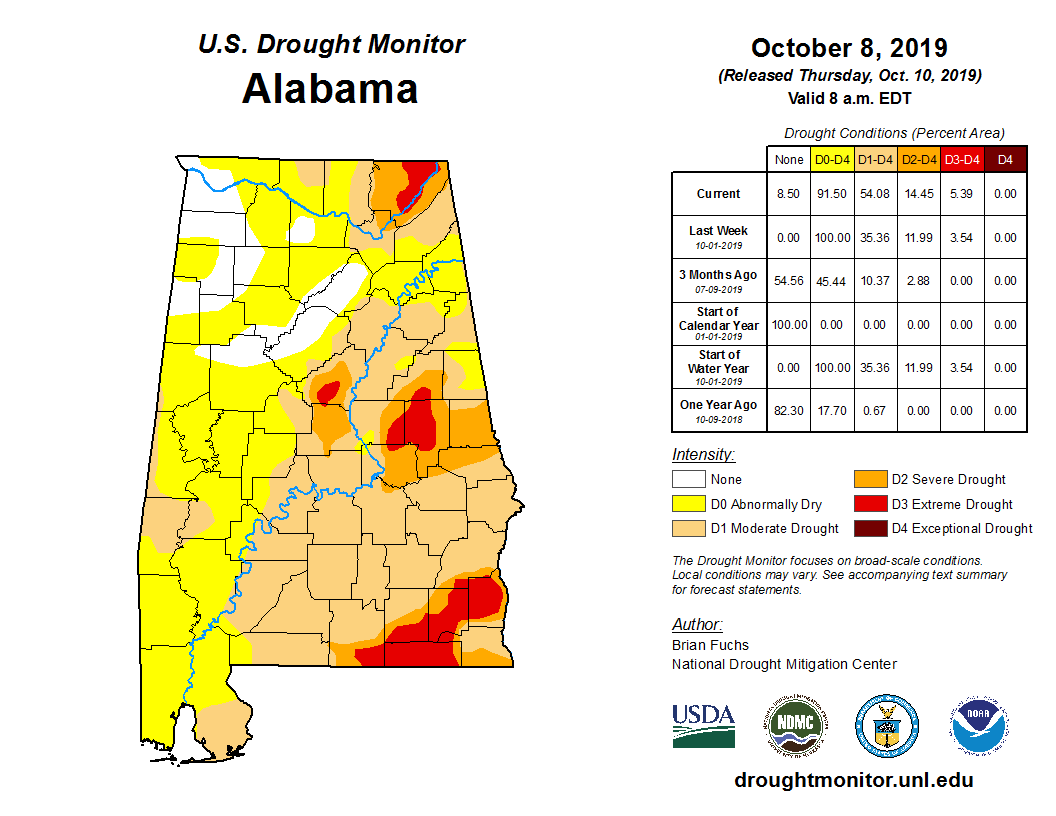Are you a heavy drinker?
Published 12:05 am Friday, May 1, 2015
CDC: 2 drinks for men, 1 for women
A recent national survey conducted by the Centers for Disease Control says that 2,426 residents in Covington County are heavy drinkers.
The survey, which is based on years of responses to the Behavioral Risk Factor Surveillance System, an annual national survey administered by the CDC, defines heavy drinking as men having more than two drinks and women having more than one drink per day. The report from the survey was released by the Institute of Health Metrics and Evaluation, and said that 3.6 percent of women and 9.4 percent of men in the county are heavy drinkers.
Donna Beasley, substance abuse director for South Central Alabama Mental Health, said she isn’t surprised by the numbers for the county.
“It surprises me it’s as low as it is,” Beasley said. “Especially considering the amount of drinks per day they are considering for heavy drinkers.”
In Alabama, recorded data from 2002-2012 found that 6.6 percent of residents are heavy drinkers. The prevalence of drinking ranged from 2.4 to 22.4 percent on a national level.
Overall, the report found that heavy drinking among Americans rose more than 17 percent between 2005-2012. Additionally, it found that binge drinking — consuming more than five drinks on one occasion — has increased. On a national scale, 18.3 percent of Americans binge drink.
Beasley said the medical effects from heavy drinking are numerous.
“The one most think of first is liver problems, such as fatty and cirrhosis and things of that nature,” she said. “It does have to be filtered through the liver. One of the first signs you see as far as physical effects, is usually pancreatitis.
“Heavy drinking can cause high blood pressure, cardiovascular disease, stroke and a high concentrate of sugar in the blood, which increases the risk of diabetes,” she said. “It pretty much affects the whole body.”
Beasley said people who drink a lot tend to not eat as much, and progressively can reach malnutrition and even to the point of anemia.
While the numbers for the county may be high, the success rate of helping people overcome an alcoholic addiction is between 50-60 percent, Crossover Ministry Executive Director Todd Sasser said.
“The problem with alcohol is that it’s in every store you walk in,” Sasser, a former meth addict, said. “It’s easy to get a hold of and accepted by society at home. Everybody, and I’m not condemning nobody in church, but some preachers sit and drink wine. If it was me, I’d be cooking dope before the sun comes up.”
Crossover Ministry is a non-profit faith-based recovery ministry that is intended to help people overcome addictions based on scriptural principles.
Sasser said fewer than 2 percent of his clients are alcoholics.
“Most of the clients that come to Crossover is for drugs and pornography and prescription drugs,” he said. “The problem we’ve seen with alcoholics is that it’s too easy to function and not lose everything until you get later in life, like in your 50 to 60s. The older they get, they realize the worse shape they’re in.
“We’ve had some good success with alcoholics coming to Crossover,” he said. “I give all the credit to God.”
There are different treatment options for those who are suffering from alcoholism.
Beasley said treatment depends on how severe the alcohol or drug use is, adding that there are outpatient and residential options.
“If they require longer term treatment once they go through our program, and feel like they need more, then we’ll refer them to an outpatient (facility) for a follow up or a half-way house for intensive long term treatment,” she said.




